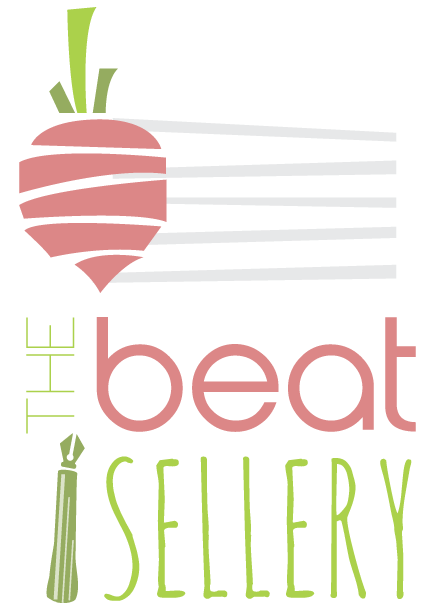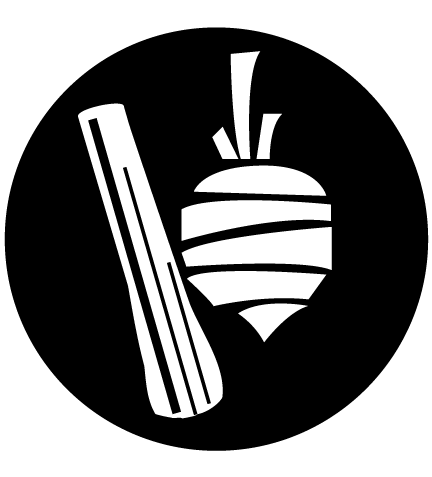gradual improvements (Schiller tubas)
/In the past six years, I've purchased five new tubas for my school. I discussed this earlier but thought that it might be helpful to show the changes that have taken place in just a few years in the tubas under the Schiller label (sold by Jim Laabs Music).
First, what am I comparing?
tubas 1, 2, 4, and 5
Tuba #1 – 4-valve (rotary)
Tuba #2 – 3-valve (piston)
Tubas #3, 4, and 5 – 4-valve (piston)
In terms of build quality, I haven't actually seen a big difference. The finish on each tuba is pretty nice with just an occasional spot of less than perfect soldering. The valves have worked without issues on all of the instruments, and all of them play in tune. The biggest difference I have seen has been in the quality of the case provided with each instrument.
The first two cases, while still able to protect a tuba inside, are falling apart. The first parts to start failing were the wheels and legs that keep the case upright. Screws rusted a bit, and and because they protrude so much (and have the weight of a tuba behind them), they have been broken off. Next, the seam between the two halves of the case has been stressed. It still holds together, but it is coming apart and held together by the fabric. The carrying and pulling handles are also fraying. Both cases do still roll (somewhat awkwardly), so I haven't had to invest in a new case yet.
Starting with Tuba #3, things changed. The feet and wheels don't stick out as much, and that has made all the difference in the world. This tuba has been in use for 2 1/2, and the first two showed significant signs of deterioration by that point. So far, the case for Tuba #3 looks good (including the carrying/pulling handles--they received some extra reinforcement).
tuba #1 - tolerable
tuba #5 - improved strap
Tubas 4 and 5 were purchased within the last four months. The wheels have gotten chunkier, the feet are similar in design, and I don't see any new problems with the design changes.
Tuba #3 - better wheels
Tuba #5 - chunky wheels
Tuba #5 - better feet (six instead of 2!)
One thing that all the cases have in common is that they don't roll as well when pulled as when pushed. They tend to rock from side to side and tip over easily.






